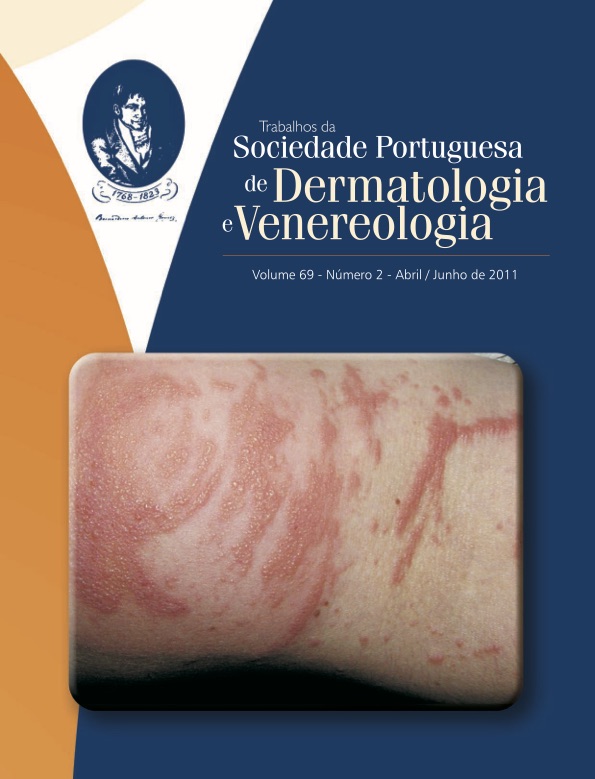HMB-45 AND KI-67 STAINING FOR MELANOMA ASSOCIATED WITH NEVI
Abstract
Introduction: The majority of melanomas appear to arise de novo, however in about one third of the cases it can arise in association with a preexisting nevus. The histopathological diagnosis in these situations can be difficult, particularly in the separation of the two cellular populations and, as a consequence, establishing the tumoral thickness. Immunohistochemical staining can help in this distinction.
Objectives: To evaluate the immunohistochemical staining patterns of HMB-45 and Ki-67 in selected cases of malignant melanoma associated with melanocytic nevi.
Methods: Immunoperoxidase stains for HMB-45 and Ki-67 were done on 5 dermal melanocytic nevi, 5 compound melanocytic nevi, 5 invasive melanomas and 16 melanomas arising in a nevus.
Results: The dermal melanocytes of nevi were consistently negative for HMB-45 and Ki-67. The melanomas showed diffuse moderate to intense staining for HMB-45 and Ki-65. In melanomas associated with nevus the HMB-45 was consistently positive in the melanoma component and negative in the nevus, allowing the separation of the two cellular populations. We find a considerable variation in the Ki-67 staining in this group.
Conclusion: Although the histopathological examination with hematoxilin and eosin remains the main component in the diagnosis of melanocytic lesions; the immunohistochemical staining with HMB-45 and Ki-67 can be helpful in the diagnosis of melanoma associated with nevi.
Downloads
All articles in this journal are Open Access under the Creative Commons Attribution-NonCommercial 4.0 International License (CC BY-NC 4.0).








